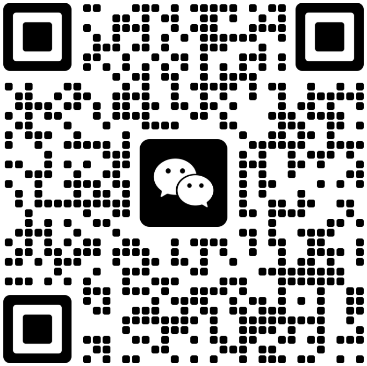Do not hammer the bearing end face and non-stressed surface directly during installation. Use a pressure block, sleeve or other installation tools to make the bearing evenly stressed. Do not install it by transmitting force through the rolling element. If the installation surface is coated with lubricating oil, the installation will be smoother. If the interference fit is large, the bearing should be placed in mineral oil and heated to 80~90℃ and installed as soon as possible. The oil temperature should be strictly controlled not to exceed 100℃ to prevent the tempering effect from reducing the hardness and affecting the size recovery. When disassembly is difficult, it is recommended that you use the disassembly tool to pull outward while carefully pouring hot oil on the inner ring. The heat will cause the inner ring of the bearing to expand, making it easier to fall off.
Not all bearings require the minimum working clearance. You must choose the appropriate clearance according to the conditions. In the national standard 4604-93, the radial clearance of rolling bearings is divided into five groups - group 2, group 0, group 3, group 4, and group 5. The clearance values are from small to large, among which group 0 is the standard clearance. The basic radial clearance group is suitable for general operating conditions, normal temperatures and commonly used interference fits; large radial clearances are suitable for bearings working under special conditions such as high temperature, high speed, low noise, and low friction; smaller radial clearances are suitable for precision spindles and machine tool spindle bearings; a small amount of working clearance can be maintained for roller bearings. In addition, there is no clearance for separable bearings; finally, the working clearance of the bearing after installation is smaller than the original clearance before installation, because the bearing has to withstand a certain load rotation, as well as the elastic deformation caused by the bearing fit and load.


